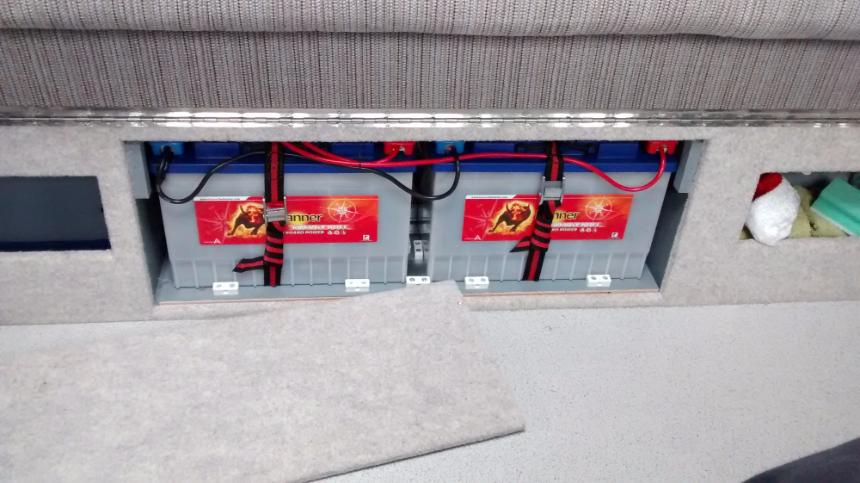Battery Safety
Precautions When Checking/Topping up lost fluid plus Battery Explosions
While rarely fatal, each year battery explosions cause tens of thousands of eye and burn injuries from the electrolyte (battery acid) globally. According to the charity Prevent Blindness America, nearly 6,000 motorists suffered serious eye injuries annually from working around car batteries. We can't find any similarly good advice from a UK source, so we have used the document written by PREVENT BLINDNESS AMERICA and added some relevance for the UK :
"Be especially careful when topping up the fluid in a battery, Hydrogen and Oxygen may be released the minute you unscrew the top. Hydrogen is explosive in just a 4% mixture with Air.
Before topping up a battery, turn off the 12v power and EHU, ensure the battery is not being charged. Don't forget Solar charging. Pull the isolation fuse between the Solar Panel and the Regulator. DO NOT PULL ANY FUSES BETWEEN THE SOLAR REGULATOR AND THE BATTERY. See our Solar pages for WHY.
Ideally top up the battery only after it has been standing unused/uncharged for a day or two.
Take great care not to make Sparks, by undoing/re-attaching a battery clamp during/after the Top Up process. Ventilate the area well before starting the Check/Top-Up procedure.
Ensure the battery is a wet battery, some AGM batteries have seemingly removable caps which should never be removed.
If it is a Wet Acid battery meant to have maintenance, undo the Battery Caps. If the battery does not have battery caps then it is probably not meant to be topped up so seek advice.
Shine a torch down into the Battery and check the electrolyte is at least covering the Plates. Some batteries have min/max marks which should be used, if available.
If the Plates are visible it is likely the battery has suffered damage.
Add distilled water, or at least de-ionised water. Tap water can shorten the batteries life by years,
Note exactly how much water you need to add as this will be a guide to how often you need to check the battery, but also a guide to the likely damage if the Plates were visible.
If you need to add significant water to cover the Plates, we would suggest you consider battery replacement. At the very least, monitor the battery carefully and check it more regularly. Also monitor the charging voltages of all the charging systems, Alternator, Mains, Solar, etc to ensure they are all within specification.
Check the Battery vent plug and tube is attached firmly, especially if high gassing and fluid loss has been experienced
During the 'topping-up', Hydrogen and Oxygen gas will have almost certainly been released so ventilate the area really well and ensure no Sparks are created for some time after to reduce the risk of explosion.
A less common form of battery explosion occurs when the battery is subjected to high temperatures while charging causing thermal runway in AGM or Gel batteries.
Should a battery explosion occur and battery electrolyte (battery acid) gets in the eyes, flush with any drinkable liquid immediately because SECONDS count, continue flushing with water for at least 15 minutes, and seek immediate medical attention.
In addition, neutralise residual battery acid, by thoroughly washing the area with a solution of one-pound baking soda (bicarbonate of soda) to one gallon of warm water and rinse thoroughly with water".
Better still be extra safe and only use an Absolutely Maintenance free battery that does not need topping up.
How NOT to install two High Maintenance batteries that need checking/topping up once a month - under a fixed bed behind a screw on panel :
